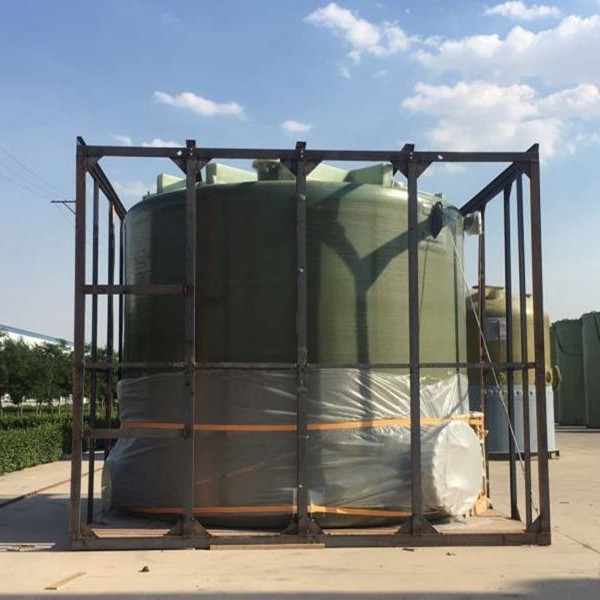
-
 Afrikaans
Afrikaans -
 Albanian
Albanian -
 Amharic
Amharic -
 Arabic
Arabic -
 Armenian
Armenian -
 Azerbaijani
Azerbaijani -
 Basque
Basque -
 Belarusian
Belarusian -
 Bengali
Bengali -
 Bosnian
Bosnian -
 Bulgarian
Bulgarian -
 Catalan
Catalan -
 Cebuano
Cebuano -
 China
China -
 China (Taiwan)
China (Taiwan) -
 Corsican
Corsican -
 Croatian
Croatian -
 Czech
Czech -
 Danish
Danish -
 Dutch
Dutch -
 English
English -
 Esperanto
Esperanto -
 Estonian
Estonian -
 Finnish
Finnish -
 French
French -
 Frisian
Frisian -
 Galician
Galician -
 Georgian
Georgian -
 German
German -
 Greek
Greek -
 Gujarati
Gujarati -
 Haitian Creole
Haitian Creole -
 hausa
hausa -
 hawaiian
hawaiian -
 Hebrew
Hebrew -
 Hindi
Hindi -
 Miao
Miao -
 Hungarian
Hungarian -
 Icelandic
Icelandic -
 igbo
igbo -
 Indonesian
Indonesian -
 irish
irish -
 Italian
Italian -
 Japanese
Japanese -
 Javanese
Javanese -
 Kannada
Kannada -
 kazakh
kazakh -
 Khmer
Khmer -
 Rwandese
Rwandese -
 Korean
Korean -
 Kurdish
Kurdish -
 Kyrgyz
Kyrgyz -
 Lao
Lao -
 Latin
Latin -
 Latvian
Latvian -
 Lithuanian
Lithuanian -
 Luxembourgish
Luxembourgish -
 Macedonian
Macedonian -
 Malgashi
Malgashi -
 Malay
Malay -
 Malayalam
Malayalam -
 Maltese
Maltese -
 Maori
Maori -
 Marathi
Marathi -
 Mongolian
Mongolian -
 Myanmar
Myanmar -
 Nepali
Nepali -
 Norwegian
Norwegian -
 Norwegian
Norwegian -
 Occitan
Occitan -
 Pashto
Pashto -
 Persian
Persian -
 Polish
Polish -
 Portuguese
Portuguese -
 Punjabi
Punjabi -
 Romanian
Romanian -
 Russian
Russian -
 Samoan
Samoan -
 Scottish Gaelic
Scottish Gaelic -
 Serbian
Serbian -
 Sesotho
Sesotho -
 Shona
Shona -
 Sindhi
Sindhi -
 Sinhala
Sinhala -
 Slovak
Slovak -
 Slovenian
Slovenian -
 Somali
Somali -
 Spanish
Spanish -
 Sundanese
Sundanese -
 Swahili
Swahili -
 Swedish
Swedish -
 Tagalog
Tagalog -
 Tajik
Tajik -
 Tamil
Tamil -
 Tatar
Tatar -
 Telugu
Telugu -
 Thai
Thai -
 Turkish
Turkish -
 Turkmen
Turkmen -
 Ukrainian
Ukrainian -
 Urdu
Urdu -
 Uighur
Uighur -
 Uzbek
Uzbek -
 Vietnamese
Vietnamese -
 Welsh
Welsh -
 Bantu
Bantu -
 Yiddish
Yiddish -
 Yoruba
Yoruba -
 Zulu
Zulu
fiberglass walkway grating
The Benefits of Fiberglass Walkway Grating
Fiberglass walkway grating has become increasingly popular in various industries due to its numerous advantages over traditional materials. Constructed from a composite of fiberglass and resin, this innovative product offers a lightweight, sturdy, and durable solution for walkways, platforms, and other flooring applications.
One of the primary benefits of fiberglass walkway grating is its exceptional strength-to-weight ratio. Unlike metal grating, which can be cumbersome and difficult to transport or install, fiberglass grating is significantly lighter, making it easier to handle. This not only reduces labor costs but also simplifies the installation process. Moreover, fiberglass is inherently resistant to corrosion, rust, and chemical damage, which makes it ideal for environments exposed to harsh weather conditions or corrosive substances. Consequently, facilities such as chemical plants, wastewater treatment facilities, and food processing plants frequently opt for fiberglass grating.
Another compelling feature of fiberglass walkway grating is its slip-resistance. The surfaces can be designed with a textured finish, providing excellent traction, even when wet. This characteristic is essential for ensuring the safety of personnel in industrial settings where spills or moisture can create hazardous conditions. Furthermore, fiberglass grating is also available in various colors and styles, allowing businesses to choose options that align with their branding or aesthetic preferences.
fiberglass walkway grating

In terms of maintenance, fiberglass grating is exceptionally low-maintenance. Unlike wood, which may require regular treatments and upkeep to prevent decay, or metal which may need periodic painting to prevent rusting, fiberglass is easy to clean and does not require the same level of care. A simple wash with soap and water is usually enough to keep it looking new. This ease of maintenance can contribute to long-term cost savings, making fiberglass grating an economically sensible choice.
Additionally, the environmental impact of fiberglass walkway grating is often more favorable than some traditional materials. Many manufacturers produce fiberglass grating with sustainability in mind, utilizing recyclable materials and ensuring that the production processes are as eco-friendly as possible. Thus, businesses can achieve their performance goals while still prioritizing environmental conservation.
In conclusion, fiberglass walkway grating is a versatile and practical choice for a variety of applications. Its combination of strength, lightweight nature, slip resistance, low maintenance, and environmental friendliness makes it an attractive option for businesses looking to enhance their infrastructure. As industries continue to prioritize safety and efficiency, fiberglass walkway grating stands out as a valuable solution that meets these evolving needs.
Latest news
-
Exploring the Benefits of Top Hammer Drifter Rods for Enhanced Drilling PerformanceNewsJun.10,2025
-
High-Precision Fiberglass Winding Machine for GRP/FRP Pipe Production – Reliable & Efficient SolutionsNewsJun.10,2025
-
FRP Pipes & Fittings for Shipbuilding - Corrosion-Resistant & LightweightNewsJun.09,2025
-
Premium FRP Flooring Solutions Durable & Slip-ResistantNewsJun.09,2025
-
Premium Fiberglass Rectangular Tanks Durable & Lightweight SolutionNewsJun.09,2025
-
Tapered Drill String Design Guide Durable Performance & UsesNewsJun.09,2025









